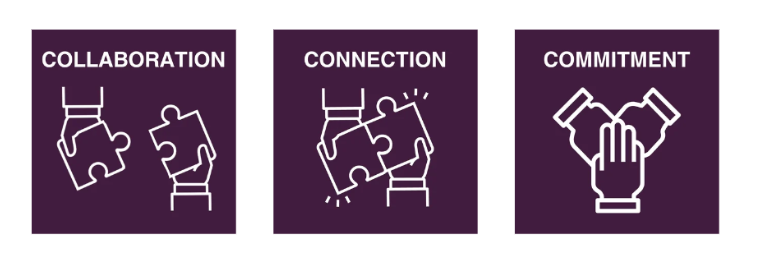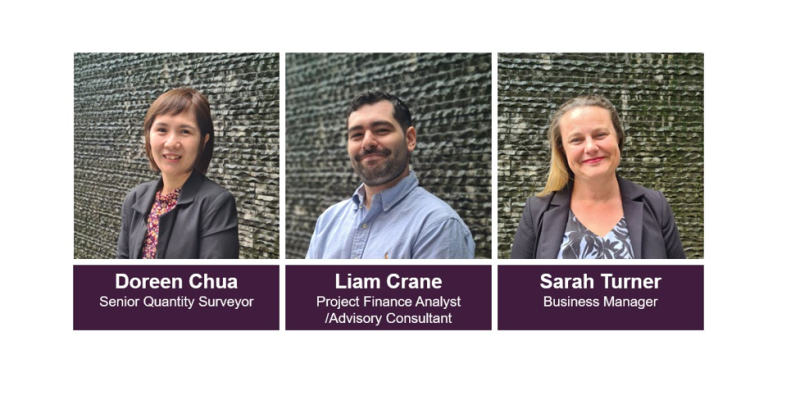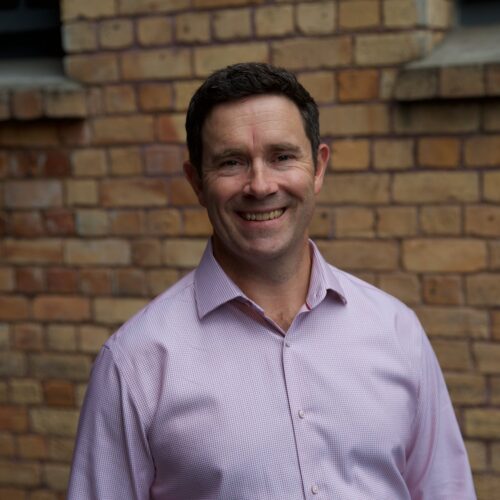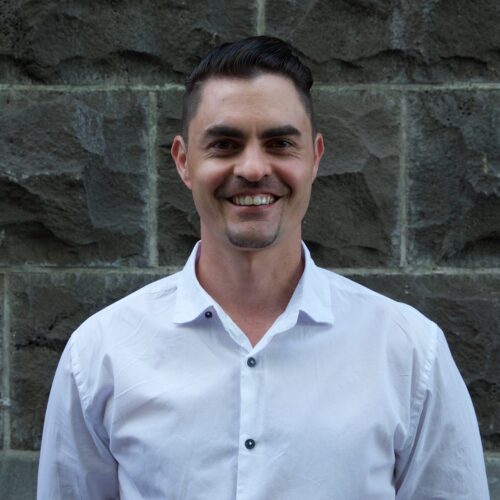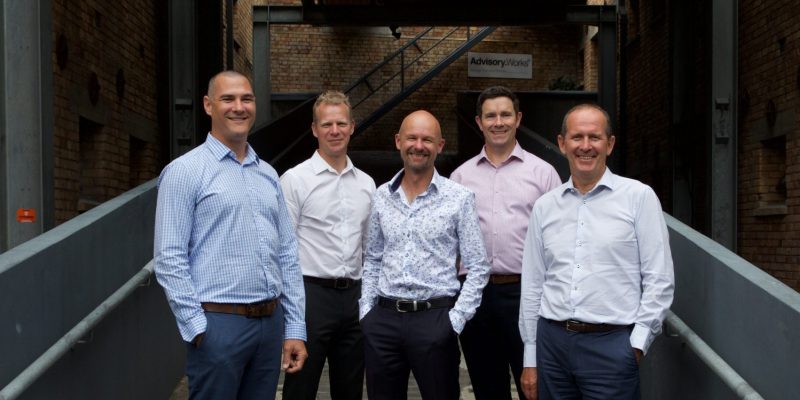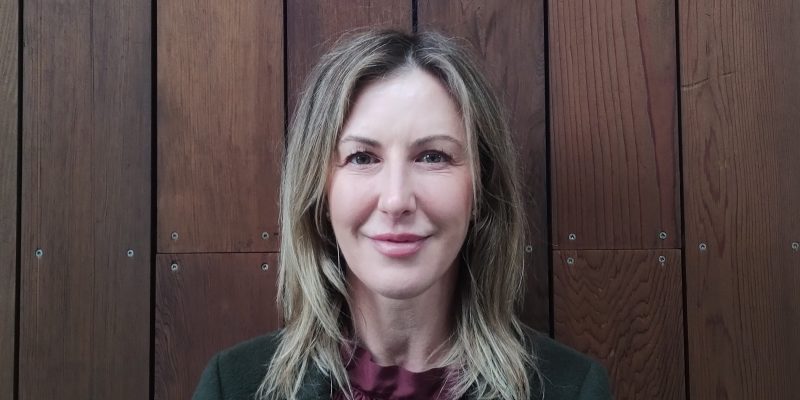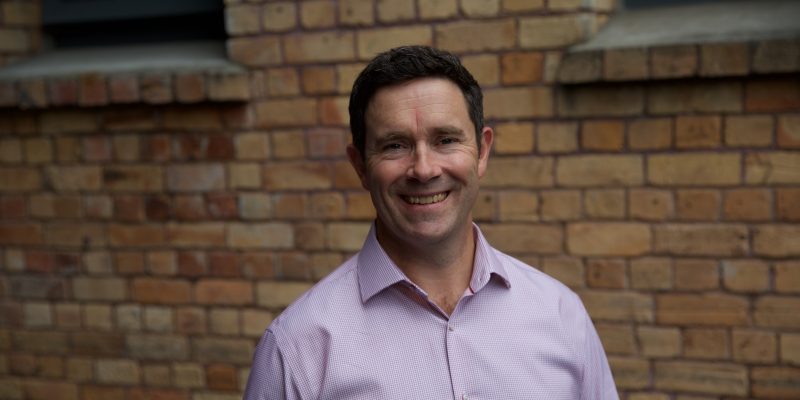Connor’s story
Looking back, I could never have imagined I’d end up winning two awards for my research and work, after graduating from Massey University with a Bachelor of Construction. High school wasn’t really for me – I liked math, but not the academic side. After leaving school and working in what I’ll call bridge jobs trying to find a good fit, I worked as a Technical Coordinator for the Auckland Council where I spent most of my time reading plans. I’d always enjoyed construction, and was interested in the construction industry as a whole, so when Covid hit I decided to combine my interests and start studying at Massey University.
Studying during Covid was challenging, especially because it meant you didn’t get to interact with people as usual. The last year was a highlight though, with part of the degree involving real life experience working as a quantity surveyor through a cadetship. I knew of someone in my class who had done their cadetship with White Associates, so I sent them my CV to try my luck. I had an interview and then two weeks later, I started a cadetship with the company.
The role as QS
Starting at White Associates was a bit of a whirlwind, but support from the team meant the transition to a working environment was very smooth. I’ve also greatly appreciated the encouragement and trust when it comes to my work from Richard Moore-Savage, an Associate who also studied at Massey University. His constructive feedback has given me a sense of autonomy, along with learning and developing my skills.
The range of work at our consultancy is fantastic, and since starting I’ve been involved with a range of residential developments and commercial projects.
Because I want to be a cost planner and estimator, it’s been great to have experience in expansions and renovations, as well as new builds. The opportunity to take an estimate from start to finish, as well as working on a wide scope of projects, have definitely been the highlights of my work.
Picking up awards
Winning two awards for my studies was a next-level bonus. It was pretty exciting to have an award presented by the New Zealand Green Building Council for my research. I was selected for this award for the best research around delivering 2030 carbon zero targets, and won a course through the Council. I was also presented with an award by Naylor Love for excellence as a member of the team involved in a BTR project at Sylvia Park.
Having the recognition of peers and mentors in the industry for my hard work as a QS has really been rewarding. I was acknowledged for my teamwork on a project too, because working together and communicating as a team is incredibly important in terms of delivering work on time.
White Associates really cultivate a relaxed and friendly culture where engaging with members of the team becomes second nature. You can sit at the lunch table and talk about anything, even if people are from different teams.
A word from the Managing Director – Konrad Trankels
Connor came to us as a cadet, and immediately fitted right in. He suited the business well in terms of how he worked, his financial understanding and managing his workload. Even though he is new to the industry, he can really contribute to projects because he has great self-learning skills. That’s possibly something that has come from studying during Covid.
Finding someone that both works autonomously, and collaborates well, is rare, especially considering Connor’s age. He is a great string to our bow, as a company taking a fresh approach to construction cost consulting.
The awards Connor’s won are fantastic accolades and are representative of what he’s capable of, and where he’s going in the industry. I’ve sat near Connor when I was in the office and seen how well he collaborates by listening and taking on board important information. His ethics are aligned with the business, and he puts these ethics into his work to provide our clients with the relevant, hard facts related to their projects. He is on the upward trajectory in quantity surveying and the world of business.


